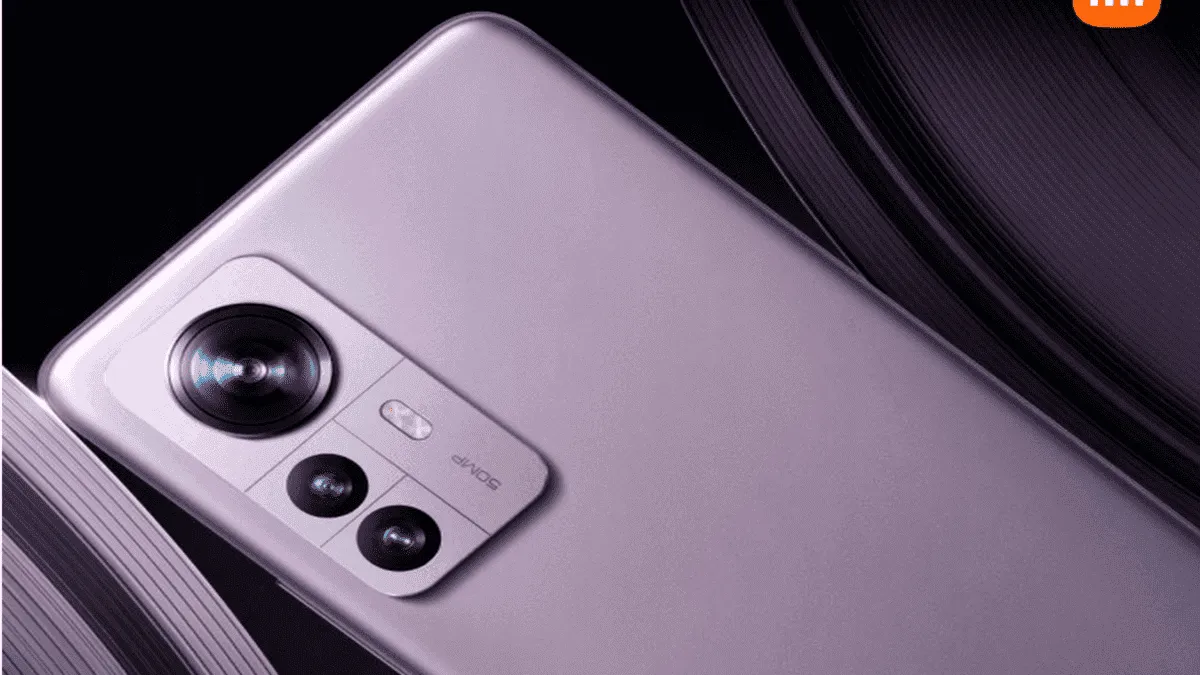The megapixel race has slowed down but is not over. Last year, with the light hand of Samsung, the industry reached the milestone of 200 megapixels. Then they started talking about the fact that Xiaomi would be the first to install a new sensor in its smartphone and do it not in the flagship, but in a middle-class device.
Last week, OmniVision presented its 200 megapixel OVB0B sensor. We are not surprised that a short time after its announcement, predictions appeared that a smartphone with this sensor could be the first to be released by Xiaomi. The source recalled that at one time Xiaomi Mi CC9 Pro / Xiaomi Mi Note 10 was the first device on the market to offer a 108-megapixel sensor. So why doesn't the company do the trick again to impress the record-hungry public?
There is already an assumption who may have a 200-megapixel camera. One of the models of the Xiaomi Note 11 series can receive it. If this happens, then this confirms the forecast that the company will not strive to put a 200-megapixel sensor in the flagship, but will prefer to test this solution in devices a step lower.
Recall that the OmniVision OVB0B sensor has an optical format of 1/1.28ʺ and the size of each pixel is 0.61 µm. Thanks to pixel binning technology, it allows you to take clear and detailed images in the dark with a resolution of 12 megapixels. It is also the first image sensor to use the entire area for smooth and fast autofocus performance.

Omnivision OVBoB promises stunning output
The new sensor has a 1/1.28 inch large bottom and a resolution of 16384 x 12288 pixels. It also has a unique 16-unit merging technology. Furthermore, this sensor provides high-quality video and preview quality in 12.5-megapixel mode, especially in low light conditions. In addition, Omnivision 200MP sensor is also the first 200MP sensor that can use QPD (four-phase detection) technology. The camera uses this feature for phase detection autofocus.
In terms of video, Omnivision 200MP sensor (OVB0B) has the industry's first 16-cell binning function for 4K2K video. Its sensitivity is 16 times that of similar products. In low-light environments, 4×4 pixel binning can be used to achieve 12.5-megapixel performance and 2.44 µm equivalent pixel size.
This sensor also supports 50MP at 24 frames per second (fps) and 8K video at 30fps, with 1.22 µm equivalent performance. Furthermore, it supports triple-exposure HDR output at 12.5-megapixel photos at 30 frames per second. According to reports, this sensor supports CPHY, DPHY, and dual DOVDD (1.8V and 1.2V).






Place comments
0 Comments
You are currently seeing only the comments you are notified about, if you want to see all comments from this post, click the button below.
Show all comments